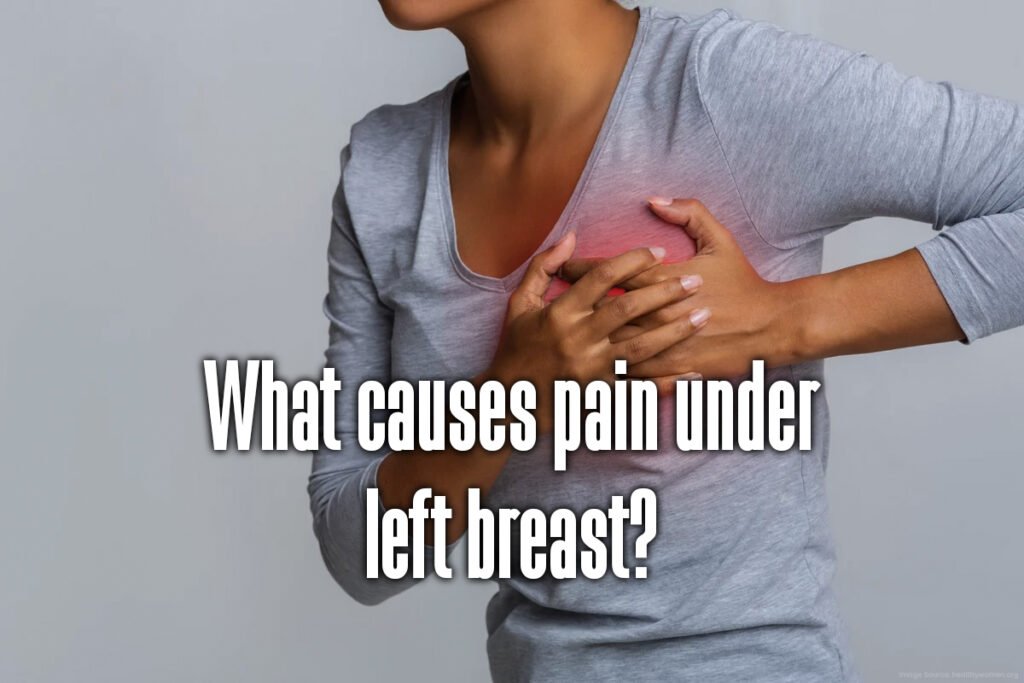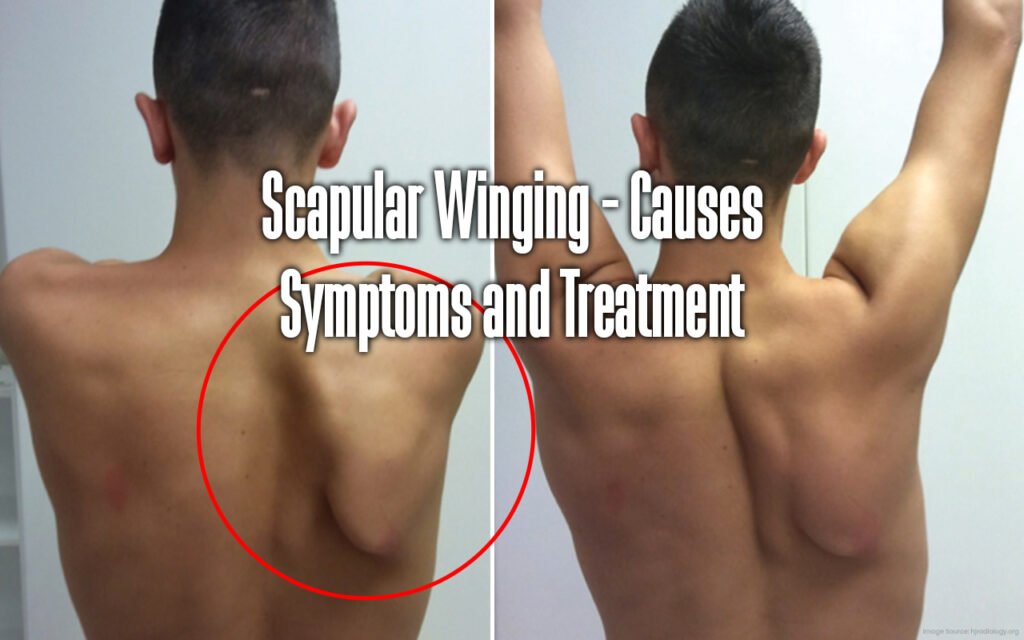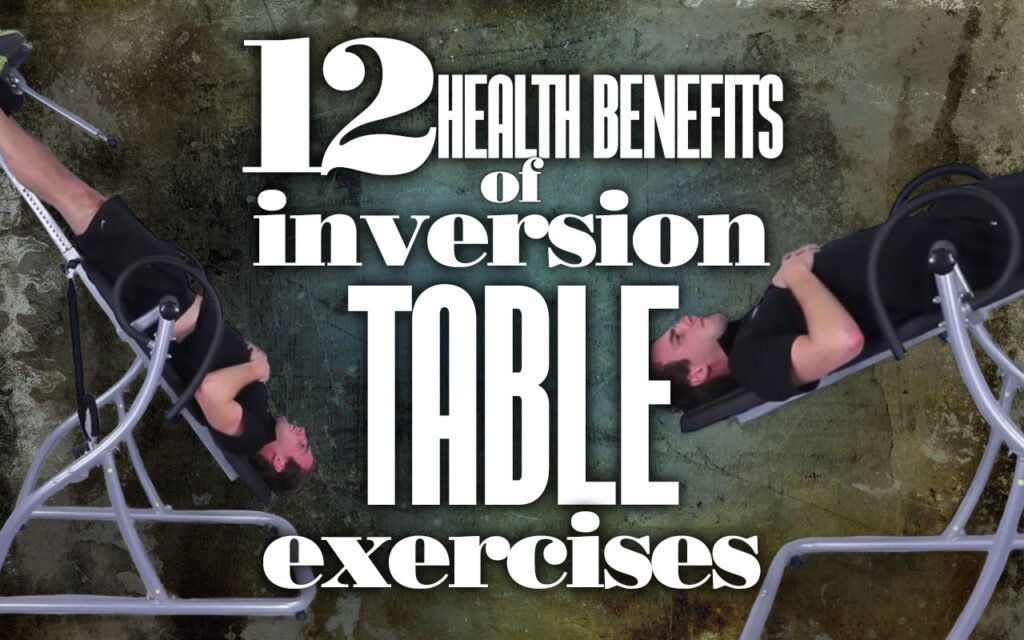Pain under left breast can be caused by a variety of issues, varying from digestive difficulties to heart-related conditions. While certain medical issues can be managed at home, others may require immediate professional attention. Pain in the upper left part of the body could originate from one or multiple organs. Organs such as the stomach, heart, lungs, ribs, colon, pancreas, and spleen are vital for sustaining life. Physicians typically categorize the most frequent sources of left breast pain into two groups: digestive and cardiac-related. Investigating the potential sources of pain beneath your left breast, this article will explore its symptoms and outline possible treatments. Could the pain in your left breast be a sign of a heart attack? Lying slightly left of the center-line in the upper body, pain beneath the left breast may often signify a heart issue. The American Heart Association Trusted Source has found that when a…
Scapular Winging – Causes Symptoms and Treatment
Scapular winging, also known as scapular dyskinesis, is a condition in which the shoulder blade (scapula) protrudes or sticks out from the back. This can result from muscle imbalances, poor posture, or nerve damage. It can cause pain and decreased range of motion in the shoulder and may lead to more severe problems if left untreated. Causes of Scapular Winging One common cause of Scapular winging is muscle imbalances, particularly weak serratus anterior muscles and tight pectoral muscles. The serratus anterior is a muscle that helps to stabilize the scapula, while the pectoral muscles, located in the chest, can cause the scapula to wing out if they are tight. Poor posture, such as hunching or slouching over, can also contribute to Scapular winging. When the shoulders are rounded or hunched forward, it can cause the scapula to protrude outward. Nerve damage, such as from a pinched nerve or nerve impingement,…
What is Kyphosis? Causes, Symptoms And Treatment
Defining Kyphosis [Updated on 1 February 2023] Typically, a healthy spine runs straight throughout its entire length, with two curvatures – one on the upper portion of your back and the other opposite of it. The upper part the spine is known as the thoracic kyphosis. The thoracic kyphosis runs from the shoulders down to the bottom of the ribcage and has a gentle rounding with about a 20-degree to 45-degree angle. Opposite the thoracic kyphosis, is the curvature at the bottom of the spine called the lumbar lordosis. It is important to note that the spine is a vital part of the human body as it serves as the primary support for your core body. So its proper function is a vital part of your overall health. If an individual’s spine appears to have an exaggerated curve as opposed to the gentle 20-degree to 45-degree angle, it is possible that…
How to Stretch the Sternocleidomastoid
Do you experience neck discomfort at your job and you wake up with a stiff or painful neck and you experience neck tightness and strain every night, preventing you from sleeping? If you say “yes” to any of these questions, you may benefit from stretching your Sternocleidomastoid, a significant neck muscle prone to strain and tension. People who suffer from neck tension, headaches, pain, or stiffness often have trigger points. If you don’t work to alleviate the tension in your Sternocleidomastoid muscle, your neck problems will only worsen. Furthermore, a tight Sternocleidomastoid can weaken your posture and make you develop a forward head posture. Continue reading if this describes you and you want to understand how to stretch this muscle to enhance your mobility and correct your head posture. What is the Sternocleidomastoid? The Sternocleidomastoid is a muscle on both sides of the neck that aids in virtually all neck…
Helpful Resources for Spinal Stenosis
[Updated on 1 August 2022] We show you some Helpful Resources for Spinal Stenosis which can help you in treating your Spinal Stenosis. Spinal stenosis is a disease in which the canal or vertebrae in the spine are narrowing. Lower back discomfort, numbness in the legs, and fatigue are all possible effects of this narrowing. If you have spinal stenosis, you might be wondering what causes it, what treatment choices are available, and how long you will live with the disease. We’ve compiled a list of six resources that can assist you in addressing some of your most pressing concerns about this condition. 1. SpineUniverse You will find out all you need to know about spinal stenosis at Spine Universe. The first section of the guide begins with a brief etymology lesson and then goes into detail about the spine’s anatomy and how this disease impacts your back. The following are some…
Helpful Resources on Lower Back Pain
[Updated on 1 July 2022] We will show you some helpful resources on Lower Back Pain which can assist you in treating your Lower Back Pain. Lower Back pain can strike without warning. When the discomfort gets severe or impossible to manage, a trip to the doctor may not give you the relief you desire. The good news is that various trustworthy internet sites can assist you in determining what’s causing your discomfort and what treatment choices you have. We’ve put together a list of six fantastic sites that you might find helpful. 1. OrthoInfo Are you looking for a way to get rid of your lower back discomfort that is more proactive? The answer may lie in exercise. The Back Pain Exercise Guide from Ortho Info offers some simple and intermediate routines to strengthen your lower back and alleviate discomfort. The following are some of the first exercises you…
Lumbago Symptoms, Treatment and Exercises
[Updated on 1 August 2022] Lumbago is a term that refers to lower back pain in general. At some point in time, approximately 80% of people living in the Westernized world will experience lower back pain, and various elements will determine the severity of the discomfort. The term “lumbago” first appeared in the 16th century and was primarily used by physicians at the time. The term began to be used more frequently in the 1960s and 1970s as the public became increasingly aware of it. Back pain is considered a contemporary issue, with more people nowadays leading sedentary lives than in previous eras. However, the fact that the term “lumbago” has been used since the 16th century gives us reason to believe that everyone in our history suffered from similar ailments. Causes of Lumbago What is the fundamental cause of lumbago? The correct answer to this question is not entirely…
Back Pain: Symptoms, Causes, And Prevention
[Updated on 1 July 2022] Almost 80% of Americans experience back pain at some point in their lives. Back pain is one of the leading causes of disability, and its prevalence has increased over time. Back pain can be caused by many different things, including injury or illness. This article will discuss how to prevent back discomfort from happening, what causes it to happen, and when you should see a doctor about your symptoms. Overview Back pain is one of the most common reasons people visit their doctor or miss work, and it is a major cause of disability worldwide. Fortunately, you can take steps to avoid or alleviate the majority of back pain. If your back pain persists despite this, simple home therapy and good body posture may usually heal it in a few weeks and keep it operational. Back pain seldom requires surgical treatment. Symptoms Back pain can…
Lordotic Posture: Causes, Effects & Exercises
[Updated on 1 July 2022] Lordosis is a lordotic posture that can cause many issues in the back and neck. It also affects the way we feel, leading to anxiety and depression. This blog post will discuss lordosis causes, effects of lordosis on the body, and exercises for lordotic posture. Your spine isn’t supposed to be straight. A healthy spine has three gentle curves–two forward-bending in the neck and lower back curves known as lordosis, and another called kyphosis in the upper back that arches outward. These curves help your spine absorb shock, keep your body stable, and support the head. Although lordosis can be a good thing for your back, too much of it can cause trouble. When you have hyperlordosis (a type of lordosis), which is less common but still possible, side effects such as numbness and pain and in the legs are common. Here are a few…
12 Health Benefits of Inversion Table Exercises
[Updated on 1 July 2022] Have you ever heard of inversion table exercises? If not, it is time to get in the know. You may be thinking inversion table exercise can’t possibly offer all that much in the way of health benefits- but in reality, these exercises can do a lot for your body and well-being. This blog post will discuss 12 reasons why inversion tables are so beneficial to your health! What is an Inversion Therapy? Inversion table therapy involves inverting your body to create an upside-down position. Inversion tables can improve spinal traction and decompress the spine for back pain relief by reversing the gravity on your spine. How to Use an Inversion Table? The benefits of inversion therapy are plentiful, and it’s easy to do—find out how with these handy steps. Step 1: You lie on your back with the table tilted upwards, then slowly lower yourself until…










